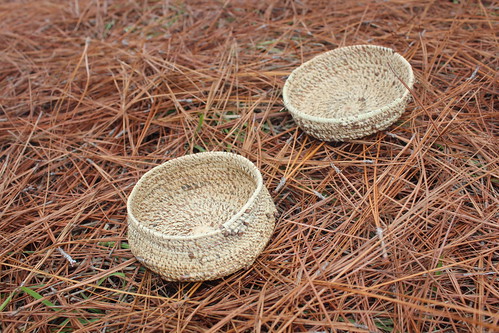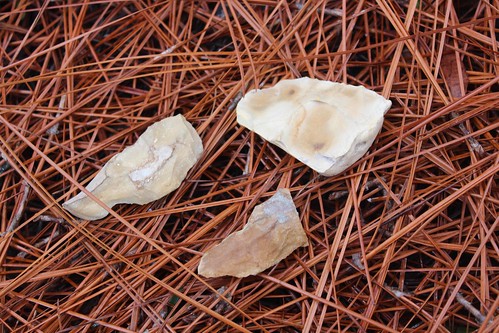
Members of the Puget Salish Tribe in the Northwest are now using Southeastern longleaf pine needles from Mississippi to build baskets, all because of a connection made between two employees of USDA’s Natural Resources Conservation Service (NRCS)—from the Gulf Coast to the West Coast.
NRCS District Conservationist Andrea Mann in Pendleton, Ore. read about Allen Hughes, who is a soil conservation technician in Poplarville, Miss. and a longleaf pine forest enthusiast, on the NRCS employee website. Hughes grew up and continues to live among the pine trees, which produce a needle that Mann learned is an excellent ingredient for basket weaving, a tradition common to many Native American tribes.

The needles are 7–18 inches long and are more suitable for weaving baskets than the needles from the ponderosa pine trees indigenous to Oregon. It takes more of the short needles to make a basket, making the longleaf quicker and easier to use. That’s why Mann asked Hughes if he could send the needles for her and members of the Salish tribe.
So far, he has sent 50 pounds of pine straw—another name for the needles—to Oregon, which he raked in the forest near his home. She paid for the postage and returned the favor by sending him two completed baskets.
The baskets are three to four inches wide and two to three inches tall. They take 8–12 hours to make. Most tribes make baskets or other containers to hold food, water or personal items, what Mann called historical “Tupperware.” Nowadays, they’re used as decorations, she says.

As a Native American with ties to the Tuscarora Tribe of the Carolinas, she values the importance of the basket-making tradition. Mann would like to see other tribes start using the pine needles, too. Maybe the availability of longleaf pine needles will spur more tribes to return to this important tradition, she says.
Any pine needles can be used to make baskets. Hughes was happy to share the needles from Mississippi’s longleaf pine trees, an icon of the Gulf of Mexico coastal plain landscape. Longleaf pine forests once spanned from Texas to Virginia, but pressures from development, timbering and fire suppression practices have depleted the ecosystem to a mere 4 percent of its original range.
NRCS offers financial and technical assistance to landowners wanting to plant and enhance longleaf pine forests. These baskets are a great way to put the needles to use, continue important cultural traditions and share the important story of restoring longleaf forests, Hughes says.
Follow NRCS on Twitter
Check out other conservation-related stories on the USDA blog.


